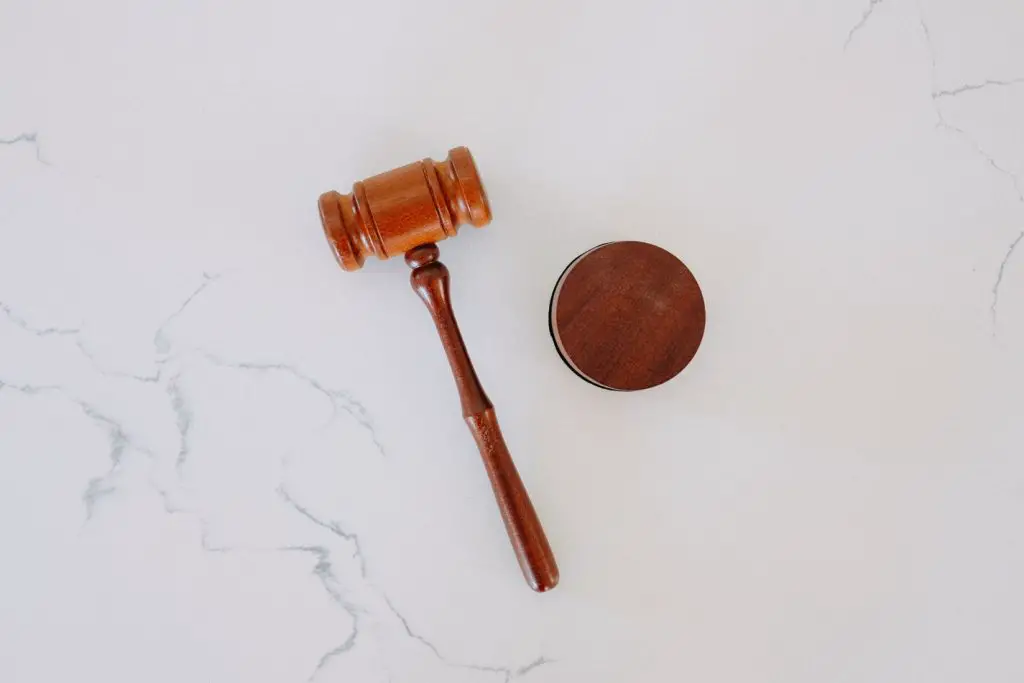Last Updated on 22/11/2025 by James Barron
It is essential to consider the legal requirements and responsibilities when creating and utilising resources. The primary legal aspect is intellectual property protection which helps you to stop people stealing or copying your resources or work you have created. (Gov.uk, 2013) This protection must also be considered when using resources that you have not created as it is likely the resource will also be protected by someone else’s intellectual property rights. The most common forms of intellectual property protection are patents, registered design, trademarks and copyright. While all of these are applicable for an academic establishment’s branding, marketing, etc., copyright is the primary protection to consider while creating resources. Copyright is provided automatically to the author for any work that is original and tangible, laid out in the Copyright, Designs and Patents Act 1988. It is essential that all teaching staff are aware that any resources created while employed are owned by the employer as the employer holds the copyright of the work created, this can include patents and trademarks but this would be unusual for teaching resources.
“The period your copyright work is protected for depends on a number of factors such as the type of work you have created and when it was made.” (BBC, 2015), for example, written works are protected for the life of the author plus 50 years, whereas photographs are protected for 25 years after the death of the photographer. Once the Copyright period has expired “you cannot stop others using the work and you will have no claim to copyright on the work.” (UKCS, 2004) It is interesting that “the copyright for JM Barrie’s work Peter Pan, was due to expire in 1987 in the UK, but an amendment to the 1988 Copyright Designs and Patents Act (instigated by Lord Callaghan) was passed to allow the copyright to run indefinitely in the UK” (UKCS, 2004).
In order to make use of copyright material you must have permission from the copyright holder, this will often involve paying a fee of some kind, agreed upon after negotiation. This is a slow and frequently expensive process making it ineffective in the teaching environment. The Copyright Licensing Agency (CLA) attempts to make “copying content simple because you don’t need to ask permission and negotiate terms of use from the copyright owner every time you copy something” (CLA, 2019). By holding a CLA licence you are able to create a copy of up to 5% of an article/book or one chapter, whichever is greater. This is normally sufficient to provide students with enough information on a particular subject or for use as a resource within a lesson. The CLA can suspend or terminate your licence if the licence’s conditions are not being followed. The Educational Recording Agency (ERA) “licence enables schools, colleges and universities to make educational use of recordings of TV and radio broadcasts.” (Education Recording Agency, 2018) Holders of an ERA licence are able to show entire TV shows, primarily BBC, to students without breaking copyright, doing so without an ERA licence would be a breach of the copyright clause which states it is an offence to perform, broadcast or show the work in public without the consent of the copyright owner.
Bibliography
BBC. (2015, 03 30). What is Copyright? Retrieved from BBC: https://www.bbc.co.uk/copyrightaware/what-is
CLA. (2019, Apr 06). Do you need a CLA licence? Retrieved from The Copyright Licensing Agency: https://www.cla.co.uk/do-you-need-a-licence
Education Recording Agency. (2018). The ERA Licence. Retrieved from Education Recording Agency: https://era.org.uk/
Gov.uk. (2013, 09 27). Intellectual property and your work . Retrieved from Gov.uk: https://www.gov.uk/intellectual-property-an-overview
UKCS. (2004, July 5). Copyright Law fact sheet P-10: Copyright Duration. Retrieved from UK Copyright Service: https://www.copyrightservice.co.uk/copyright/p10_duration
Author Profile
-
My first experience of teaching was in 2016, when I was asked to
deliver a talk to a group of 16-year-olds on what it was like to start
your own business. I immediately knew I wanted to become more
involved in teaching but I didn’t know where to start as I had not
previously considered a career in education. A few weeks later I
agreed to teach a class of Chinese students from the Shanghai
Technical Institute of Electronics and Information, who had travelled
to the UK to learn English and Software Engineering, after that I was
hooked. Within the next few years, I taught hundreds of students of
many different nationalities, aged from 16 to 60, and from
levels 2 to 6. I focused my time teaching with Bath University and
Bath College for several more years until I felt a change was in order.
For the last few years, I have taught remotely with several private
training organisations, provided dedicated one to one coaching
sessions, provided consultancy on teaching and assessment practices
and written about my experiences as a teacher. I plan to continue
with my current activities for the foreseeable future but I’m always
open to new teaching experiences.

